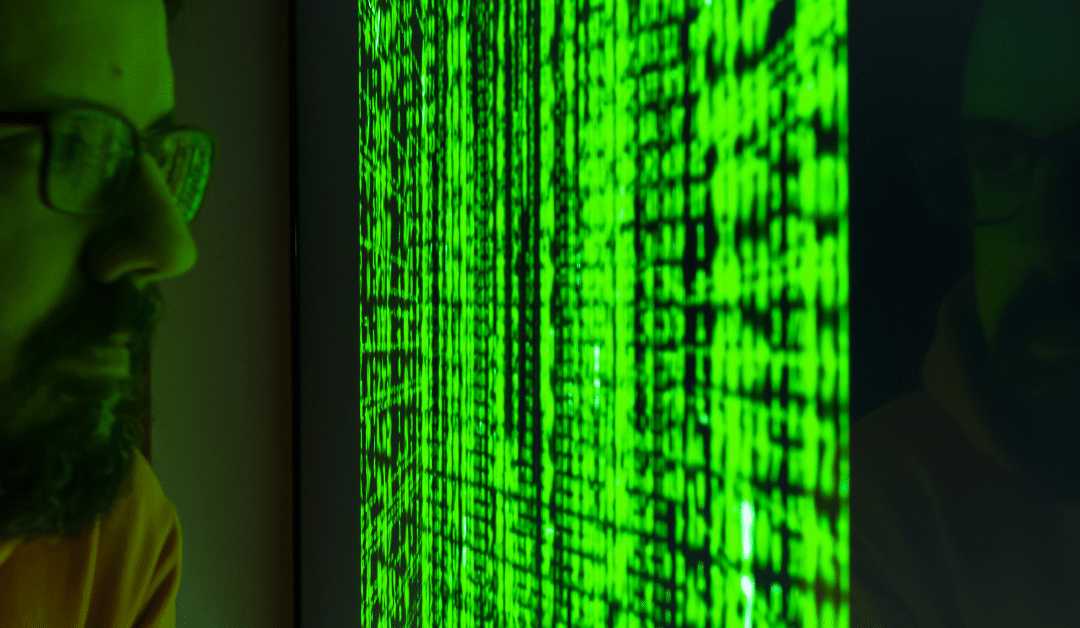
The world has changed – and that change is only set to continue. Whether at home or in our professional lives, we are more connected than ever before and have multiple devices that we use daily, from smartphones and tablets to PCs and more.
The drawback to this convenience is that each of us is now responsible for making sure these multiple devices are not vulnerable to malware. Malware (malicious software) can cause havoc both in our personal lives and for businesses of all sizes. Devices can become inaccessible, data can be lost, financial records and banking access can be hijacked, and companies can find themselves paralysed.
In this blog post, we take a look at the different types of malware and what you can do to help stay safe and protect yourself.

What actually is malware?
Malware is the catch-all term for malicious software – it encompasses many different types of software, but here are the most common types:
Viruses: a virus is malicious software that attaches itself to a file or program. When you run the infected program, the virus activates and starts replicating and spreading.
Worm: a worm is similar to a virus, in that it will replicate and spread, but doesn’t not need any human interaction. There is no program that needs to run to execute a worm, it can consume your computer’s resources and use those to help it spread too.
Trojan: named after the Ancient Greek Trojan Horse, this type of malware is disguised as something else. When a trojan has tricked someone into downloading and running it, it will execute the malicious actions that have been coded into it
Ransomware: one of the most common forms of malware. Once on a device, ransomware encrypts all the data it can find and holds it for ransom (paid using cryptocurrency). As with any ransom, there is typically a deadline, at which point criminals threaten to delete or publicly publish any valuable data.
Spyware: this is a type of malware that wants to monitor what is happening on a computer. Unlike our other examples, there is no goal to damage the machine; instead, spyware quietly observes while users may log into sensitive systems and gathers credentials, credit card numbers, and other important information.

What can you do to stay safe?

Why are these products important?

Exploiting NFS: understanding misconfigurations and attack vectors
Any system that is used to share files across a network can be incredibly valuable to a penetration tester. From finding usernames and passwords, to identifying configuration files that give insight into device configuration, file sharing protocols are potential...

Pivoting with SSH tunnels
During a penetration test, it is possible to come across networks that you know exist but just can't reach directly. When that happens, testers need a way to pivot into these networks and keep the assessment moving. In these situations, it is important to be...

Attacking DNS for pentesters
When someone types a website address into their browser, they probably don’t think about what happens in the background. But for a pentester, understanding that process is key. DNS (Domain Name System) is what makes the internet usable. Instead of remembering IP...

Improve your pentesting skills – our intentionally insecure web app
We’re excited to share our new vulnerable web app – a brand-new resource for anyone looking to learn the art of ethical hacking and penetration testing. Our new super secure site is anything but! Instead, this hands-on, self-hosted vulnerable web app, has been...





